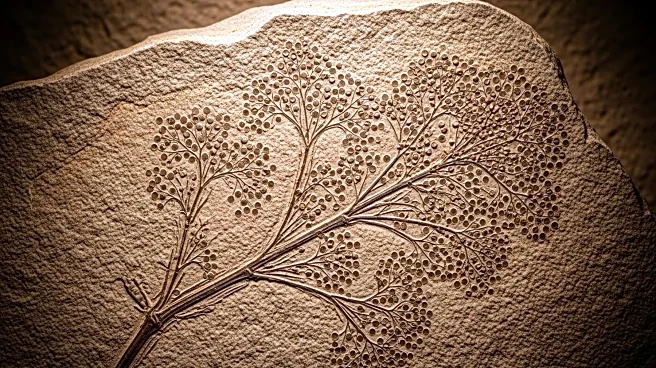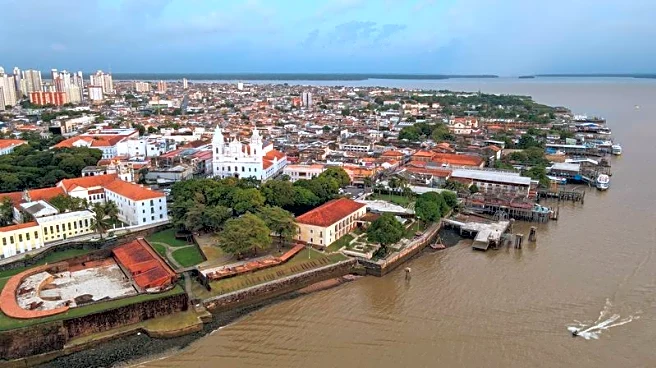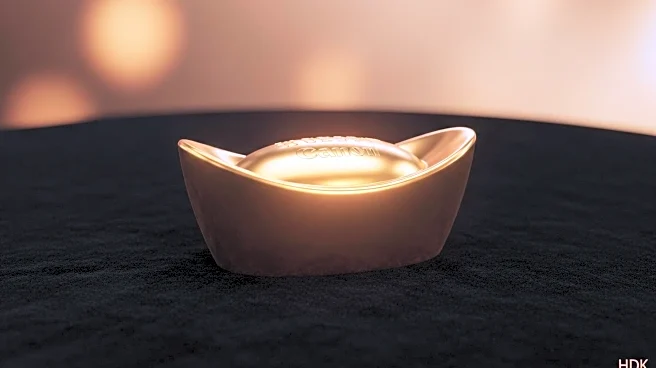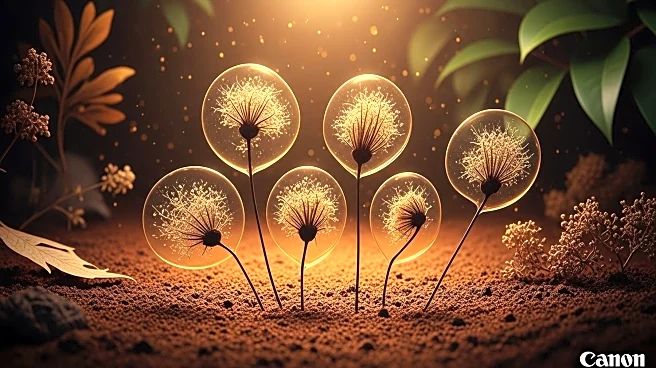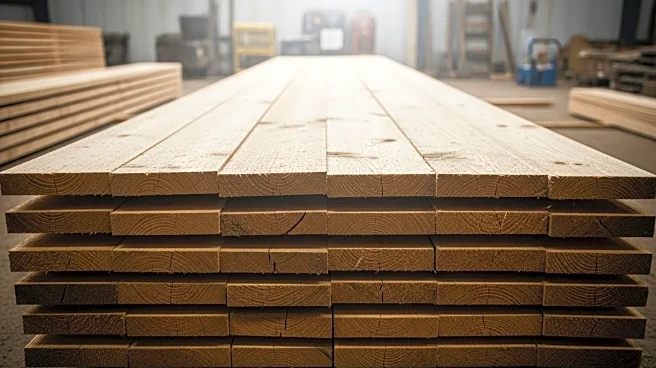What is the story about?
What's Happening?
An international team of scientists has uncovered exceptionally preserved plant spores within a 296-million-year-old fossil from southern Brazil. The discovery was made in a lycopsid fossil collected from the Paraná Basin, a region that was once part of the supercontinent Gondwana. Using advanced imaging techniques, researchers identified trilete spores embedded within the plant’s original reproductive tissues, a rare state of preservation for rocks from the Permian period. This marks the first record of a lycopsid with in situ spores documented in the Paraná Basin. The study, led by the University of Vale do Taquari (Univates), challenges previous classifications of the fossil and provides new insights into plant diversity and reproduction during the Permian era, before the rise of dinosaurs.
Why It's Important?
The discovery of these preserved spores offers a rare direct link between macrofossil and microfossil studies, providing a more integrated understanding of plant ecosystems during the Permian period. This finding is significant for reconstructing prehistoric ecosystems, particularly in regions where such data is scarce. The research also contributes to biostratigraphy, allowing for more precise dating of rock layers and improving the resolution of the Permian timeline. The reclassification of the fossil to a new genus, Franscinella, underscores the evolutionary relevance of the find. The study was supported by Brazilian science agencies CNPq and CAPES, highlighting the collaborative effort in advancing paleobotanical research.
What's Next?
The discovery opens new avenues for investigating ancient flora using modern technology and reexamined specimens. The integration of macrofossil and palynological evidence could lead to further discoveries in the Paraná Basin and other regions of Gondwana. Researchers may continue to explore the evolutionary pathways of early vascular plants, potentially uncovering more about the biodiversity and ecological dynamics of the Permian period. The findings could also influence future studies in biostratigraphy, enhancing the understanding of geological timelines and the history of plant evolution.
Beyond the Headlines
The preservation of spores in such an ancient fossil highlights the potential for uncovering more about the Earth's prehistoric climate and environmental conditions. This discovery may prompt a reevaluation of existing fossil collections, encouraging the use of advanced imaging techniques to reveal hidden details. The study also emphasizes the importance of international collaboration in scientific research, as institutions from Brazil and Germany contributed to the findings. The creation of a new genus, Franscinella, reflects the ongoing evolution of taxonomic classifications as new data emerges.
AI Generated Content
Do you find this article useful?
